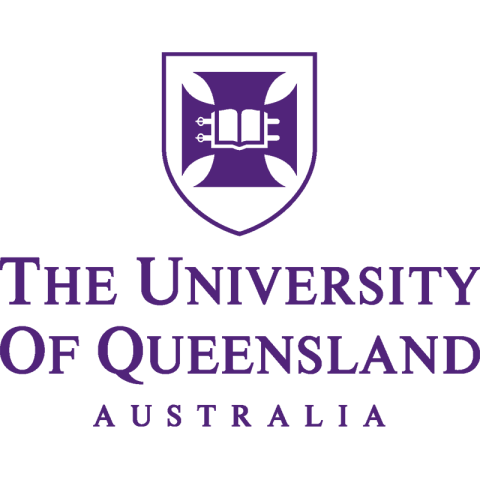
How to use storytelling-based assessment to increase student confidence
Carl Sherwood explains how to set up an authentic assessment task using students’ own contextualised writing
Key Details
Key details
This video will cover:
01:14 How a student-contextualised storytelling task can assist learning
02:23 How to implement a CLEAR-JE assessment task
03:42 Advantages and disadvantages of CLEAR-JEs
Transcript
Hello, my name’s Carl Sherwood from the University of Queensland. I’ve been invited to talk about an authentic assessment task I designed for first-year introductory microeconomics students called CLEAR-JEs: contextualised learning of economics via authentic reflection using journal entries.
CLEAR-JEs are 400 to 500 words long and consist of five written sections: my chosen context; theoretical concepts; my prior assumptions; what I learned; and reflecting on what I learned. Briefly, my chosen context requires students to choose a context based on their own life experiences. It must be relevant to theoretical concepts that students choose from fortnightly lectures. They identify prior assumptions they made about these concepts, then demonstrate what they learned by explaining how their thinking had changed. By reflecting on what they learned. Students finally explain the practical benefits of their learning by applying it to real-world settings or events.
I designed CLEAR-JEs based on my own teaching experiences to address three challenges. First, I wanted to help overcome students’ perceived fears about mathematics when enrolling in introductory microeconomics. Second, I wanted to create an authentic assessment task where students from diverse educational backgrounds could equitably participate in their learning. And third, I wanted to encourage deep learning of theoretical concepts rather than just memorising content to pass exams.
So before using CLEAR-JEs, the introductory microeconomics course I teach had a mid-semester and a final exam. I decided to remove the exams. Now students submit six fortnightly CLEAR-JEs based on pairs of lectures delivered during a 12-week course. The best five CLEAR-JEs count for 50 per cent of their overall course mark; the other 50 per cent comes from fortnightly online quizzes.
I’d recommend this style of assessment to provide equitable access in courses where students have diverse learning backgrounds and for improving written communication skills.
If you adopt this type of assessment, my advice would be to think about three key points. First, prepare a detailed task description and a marking rubric to make expectations clear. Second, provide a writing template for students to use; include the section headings and indicative word limits. And third, provide a written exemplar at the start of the course using the writing template. I find this helps familiarise students with the storytelling writing style and set expectations.
For example, I created an exemplar where the context I chose was the worm farm in my shed. I chose “opportunity cost” and “comparative advantage” as my theoretical concepts.
One assumption included how I thought I would be the only one to benefit from my worm farm since my friends all thought I was mad. I highlighted how I learned that economists think differently about cost compared to a person on the street since economists include opportunity costs in decision-making.
And then on reflection my deeper understanding of opportunity costs was linked to the “war on waste” to show how I made sense of why councils who recycle residents’ garbage are able to reduce household rates.
I found there are some advantages using CLEAR-JEs. For example, students were really enthusiastic and applied themselves to the task. Being a first-year course, students enjoy using everyday language and a storytelling format compared to using academic writing and students particularly valued linking economic thinking to their own lived experiences in making sense of their learning.
Yet there are some disadvantages, too. As for any written assessment, providing timely feedback can be challenging. I use a one-week turnaround with CLEAR-JEs. Using a well-designed marking rubric really helps here.
And, yes, there are some students that can always want more feedback. I find meeting with these students, particularly for their early submissions, helps address any issues. And, second, having to write and submit personal, reflective journal entries can be quite a surprise to some students. Being clear about expectations is essential. Students soon get the hang of the storytelling writing style required and linking their life experiences to their learning.
So, in summary, if you’re looking for an assessment design to provide equitable access for diverse student cohorts to engage with and make sense of their learning, I’d recommend something along the lines of CLEAR-JEs. That is, aim to have students draw on their own life experiences, link them to theoretical concepts, and through reflection, have students demonstrate their learning by a series of journal entries using a storytelling writing style.



